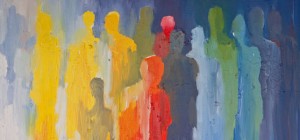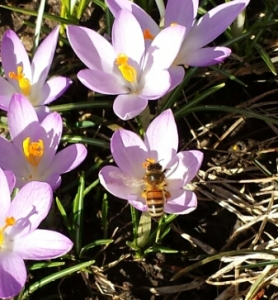
PHOTO: Mary van Balen
I couldn’t believe my eyes. Not only were the crocuses in my neighbor’s lawn blooming in early March, they were covered with bees! After months of sub-freezing temperatures, inches of ice, and more inches of snow, the earth had warmed enough to coax beautiful purple flowers out of their dark waiting place. Spring, it seemed, had arrived.
Passersby stopped to see what enticed me to stoop low and look closely. “Bees,” I said. “Bees are all over these flowers.”
Some stopped long enough to look themselves. After a frigid winter, we were ready for a change.
Spiritual life can be like that. Sometimes winters of the soul seem to last forever. Then, just when we’ve come to terms with the possibility of unending cold and emptiness, everything changes: Hope wakes up and shakes her feathers. Life erupts like the crocuses. Intoxicated, we nuzzle down into the golden centers and rise up heavy with life-giving pollen sticking all over. Unable to contain our joy, we move from hope to hope, from beauty to beauty. Like bees, we’re called by Mystery to an ancient dance, and we join in, spreading the sticky grace and picking up more everywhere we go.
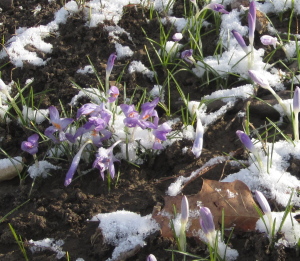
PHOTO: Mary van Balen
Then, as quickly as it left, the cold returns. The crocuses across the street are suddenly bowed under a fresh fall of snow. Bees have disappeared to wherever it is they go to escape the freeze. A collective sigh rises from the earth. People bundle up in winter coats again. The few days of warmth make the cold bite deeper, and we shiver in temperatures we would have welcomed a month ago.
Spiritual spring can be just as fickle. Fear or worry blow in from somewhere and hope retreats. Sticky grace feels more like goo. We’re not flitting from hope to hope. We’re not moving at all. A groan rises from deep inside. The emptiness seems larger after having danced with Joy.
“It won’t last,” we tell ourselves but struggle to believe it.
It’s a good time to listen to music or to sit in the dark and gaze at stars, or a candle, or nothing. We might curl up with a good book of poetry, or linger with scripture. Story reminds us that this dance with winter and spring is nothing new. If we can settle in with the cold and dark, we discover they have gifts of their own. And it doesn’t last forever.
Eventually, sun will melt the snow. Flowers will straighten their stems and lift their heads. The bees will come back, and we’ll feast on sticky Grace.
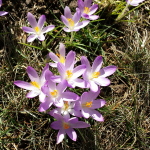
PHOTO: Mary van Balen
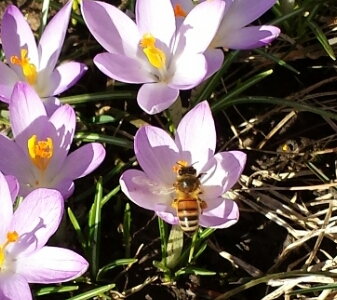
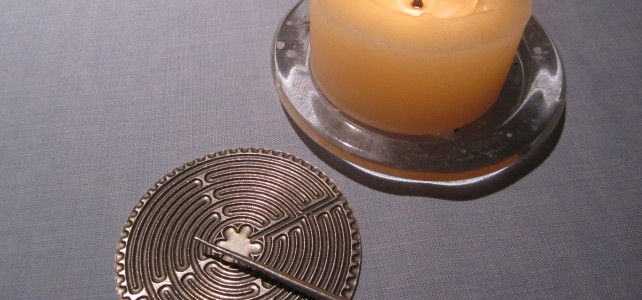

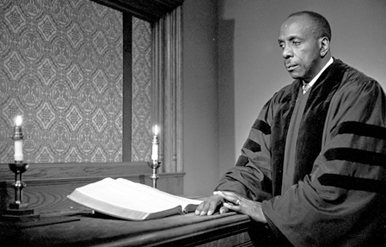
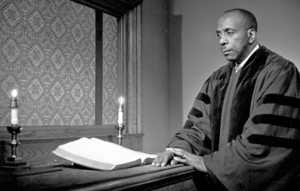
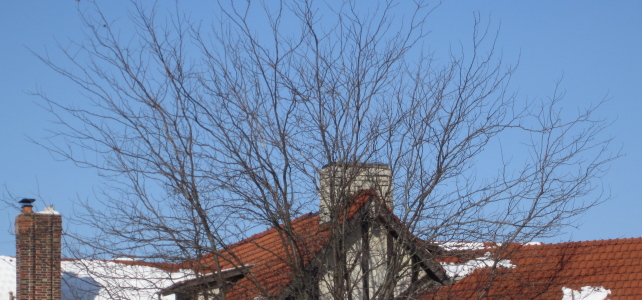
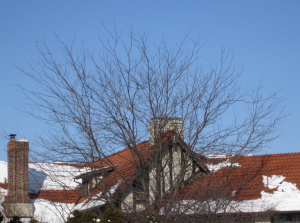
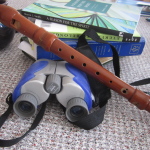
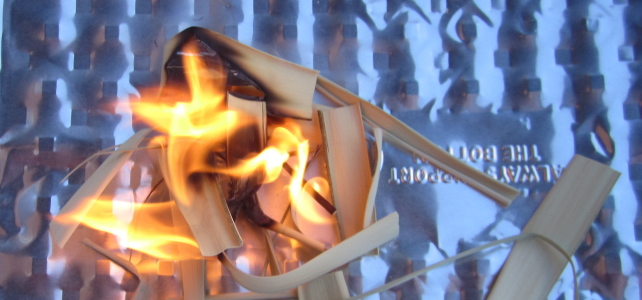
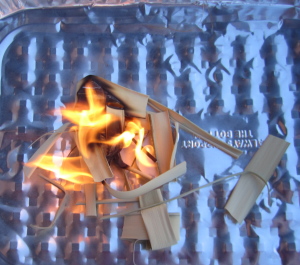
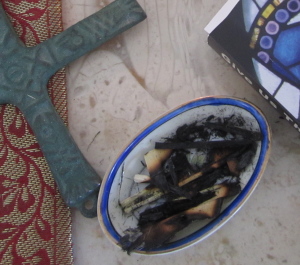
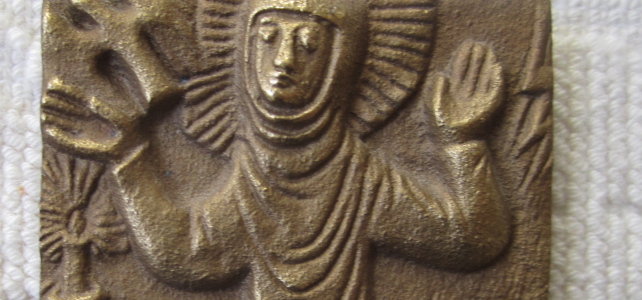
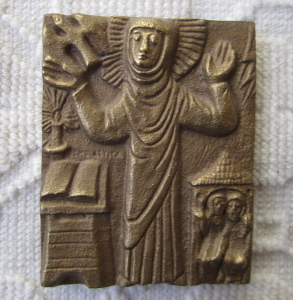

 An
An




